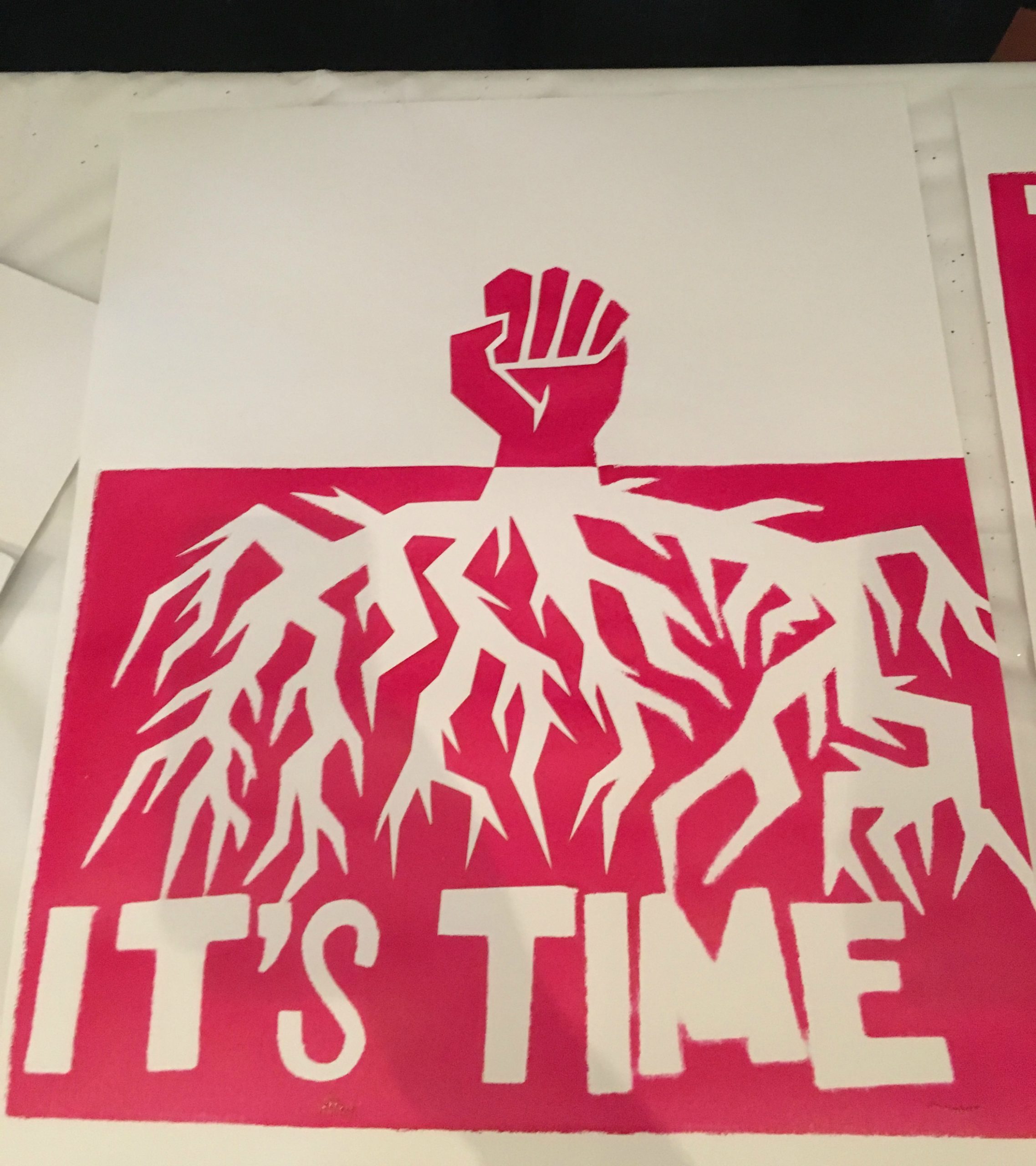by Sarah Jordan, MDiv’2
While there is still work to be done, Creating Change in many ways is a place where people can be more fully and openly their whole selves. It is a place of connection and solidarity. People struggled together and definitely celebrated together. People held each other accountable in small group discussions and larger protests. I saw people reuniting and making new connections wherever I looked. It was like a reunion in a Muppet movie – full of weirdness, big personalities, intra-community conflict, and so much heart. And shouldn’t the church be like this?
One of the last workshops I attended at Creating Change asked, “What is the queer church beyond inclusion?” What would it look like to build the church in a way that centers the stories and gifts of queer folks? What particular insights and gifts do we bring as queer folks to our faith communities and our leadership roles? And how might these insights and gifts transform the church?
 Surprisingly, the workshop, “Print-making for the Revolution” gave me some insight on what building the queer church might look like. We spent most of our time in the workshop collaboratively designing prints in small groups. We had all individually done some sketching around the words “creating change,” and then had to decide what we were actually going to print. First, we shared a bit about ourselves and we set goals for our design. We wanted our design to be simple, have a sense of movement to it, and able to be used for multiple movements for justice. We took turns sharing and building on each other’s ideas. We would play with one image for a while and then decide that it didn’t work. So we’d go back to something else and play with it and so on. Until eventually, we found something that worked. It included pieces from people’s individual sketches that had been tweaked and transformed in our conversations.
Surprisingly, the workshop, “Print-making for the Revolution” gave me some insight on what building the queer church might look like. We spent most of our time in the workshop collaboratively designing prints in small groups. We had all individually done some sketching around the words “creating change,” and then had to decide what we were actually going to print. First, we shared a bit about ourselves and we set goals for our design. We wanted our design to be simple, have a sense of movement to it, and able to be used for multiple movements for justice. We took turns sharing and building on each other’s ideas. We would play with one image for a while and then decide that it didn’t work. So we’d go back to something else and play with it and so on. Until eventually, we found something that worked. It included pieces from people’s individual sketches that had been tweaked and transformed in our conversations.
This was collaboration at its best. We held onto our own ideas loosely. We played. We shared power. We took risks. We laughed. We were excited and energized. We had a sense of abundance and imagination. We navigated conflict with creativity and compassion. And in the end, we created something beautiful and powerful but not perfect that I never would have created on my own. And shouldn’t building the queer church be like this?